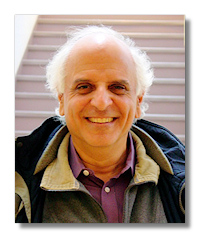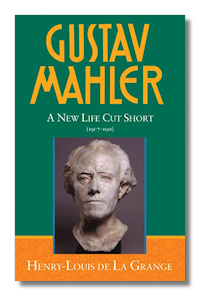
Compassion, Not Revenge, After a Rape in a War Zone
By Anthony Tommasini
SANTA FE, N.M. – Contemporary composers looking for an easy way to create a big effect often turn to what could be called the orchestral pileup technique. Want to wallop your audience? Just add pummeling percussion, thick chords and more to create a barrage of noise. Or if the desired effect is ruminative, then lay on hazy harmonies and doodling melodic bits, though the result can sound like the mindless music a massage therapist employs to get clients to relax.
Something like the pileup technique is a basic component in the music of the Finnish composer Kaija Saariaho. But Ms. Saariaho uses it with ravishing subtlety and to haunting effect, as was clear from Wednesday night's performance of "Adriana Mater" here at the Santa Fe Opera. The production is the American premiere of this 2006 work, directed by Peter Sellars.
Ms. Saariaho is not a mere purveyor of coloristic orchestral effects. She spent formative years working at Ircam, the center for experimental music in Paris, where she has lived since 1992. She immersed herself in the school of French composers who practice spectralism, which isolates the higher overtones of pitch to create sonorities at once amorphous yet elemental. She has one of the most acute ears in contemporary music. And during long stretches of this bleakly humane opera, elegiac vocal lines spin out over the thick-textured, nervously undulant orchestra. Striking details in this multilayered music come through with uncanny clarity.
Read more about this at the New York Times website:

















